GPCR/G protein

All GPCRs share a common seven trans-membrane structure. GPCRs are associated with heterotrimeric G-proteins which are GTP-binding proteins made of alpha, beta, and gamma subunits. When a ligand binds to GPCR, it activates the attached G-protein, the GDP is replaced with GTP. The activated G-protein then dissociates into an alpha and a beta-gamma complex which activates downstream signaling pathways. These intracellular signaling pathways include cAMP/PKA, calcium/NFAT, phospholipase C, protein tyrosine kinases, MAP kinases, PI-3-kinase, nitric oxide/cGMP, Rho, and JAK/STAT.
GPCRs are one of the most important therapeutic targets for various diseases, over 30% of all modern medicinal drugs target this family. Aberrant GPCR functions are involved in pathological conditions such as neurological, immunological and hormonal disorders. A large number of GPCRs have been identified, but whose ligands are not known, are classified as orphan receptors.
-
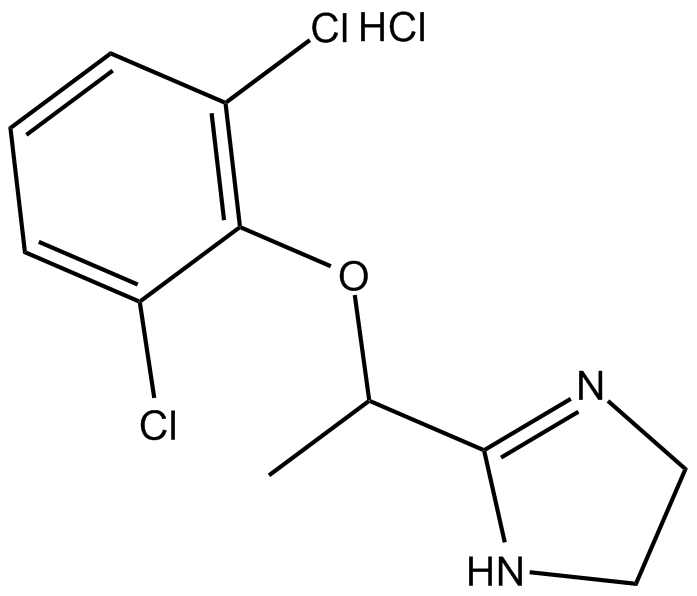 C3990 Lofexidine (hydrochloride)Summary: α2-adrenergic receptor agonist
C3990 Lofexidine (hydrochloride)Summary: α2-adrenergic receptor agonist -
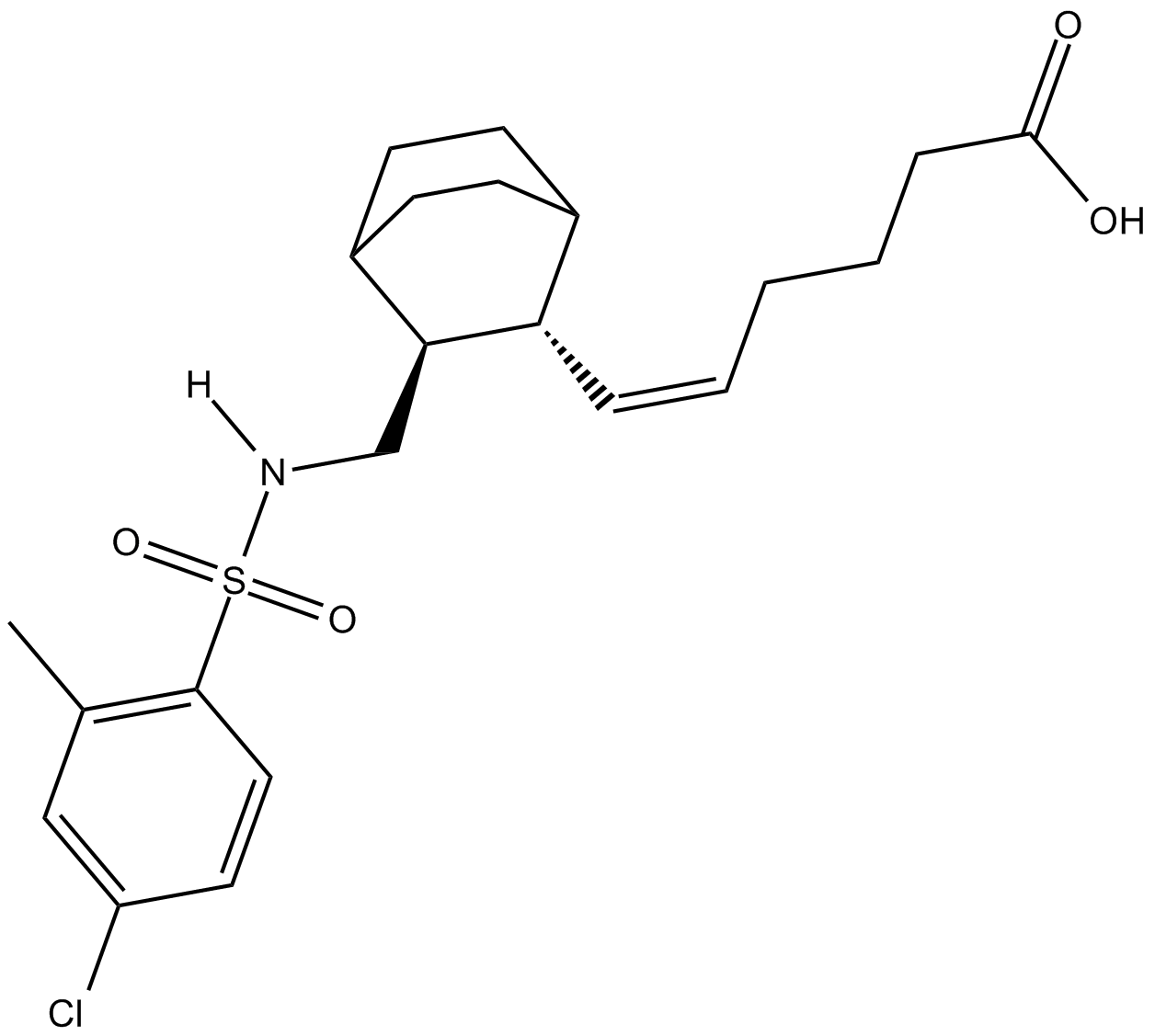 C3901 ONO-8711Summary: EP1 receptor antagonist
C3901 ONO-8711Summary: EP1 receptor antagonist -
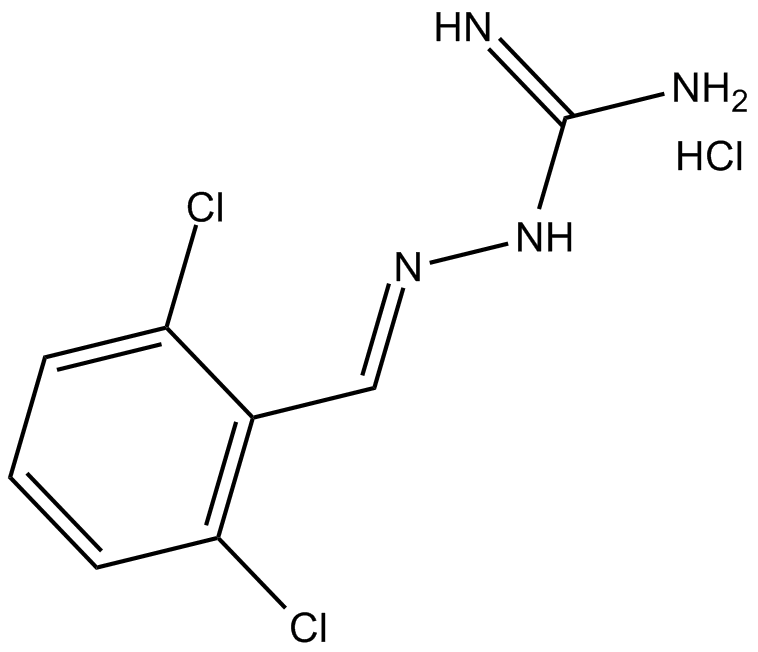 C3786 Guanabenz (hydrochloride)Summary: α2-adrenergic receptor agonist
C3786 Guanabenz (hydrochloride)Summary: α2-adrenergic receptor agonist -
 C3864 2-chloro-3-DeazaadenosineSummary: adenosine receptors agonist
C3864 2-chloro-3-DeazaadenosineSummary: adenosine receptors agonist -
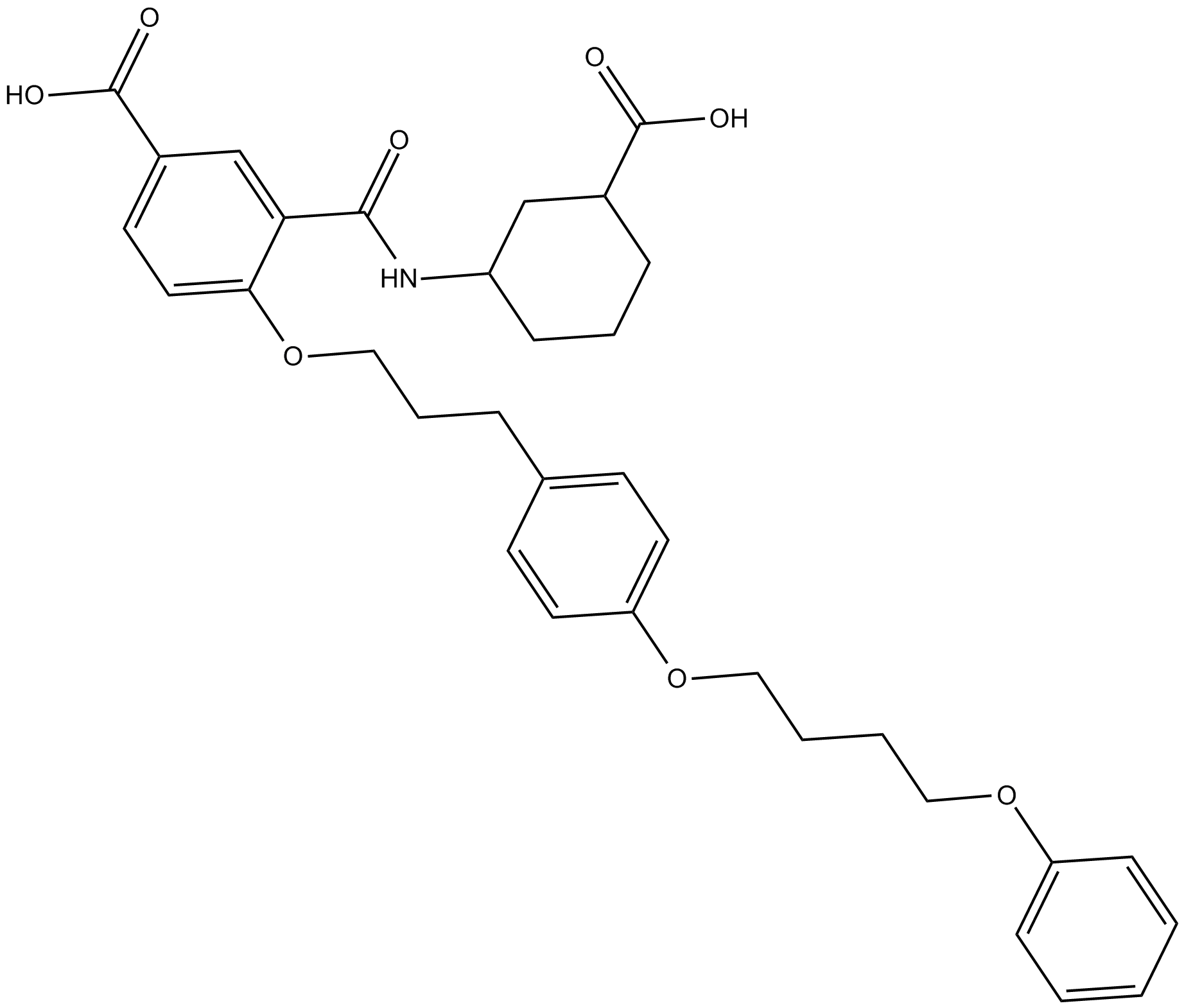 C3883 BayCysLT2Summary: CysLT2 receptor antagonist
C3883 BayCysLT2Summary: CysLT2 receptor antagonist -
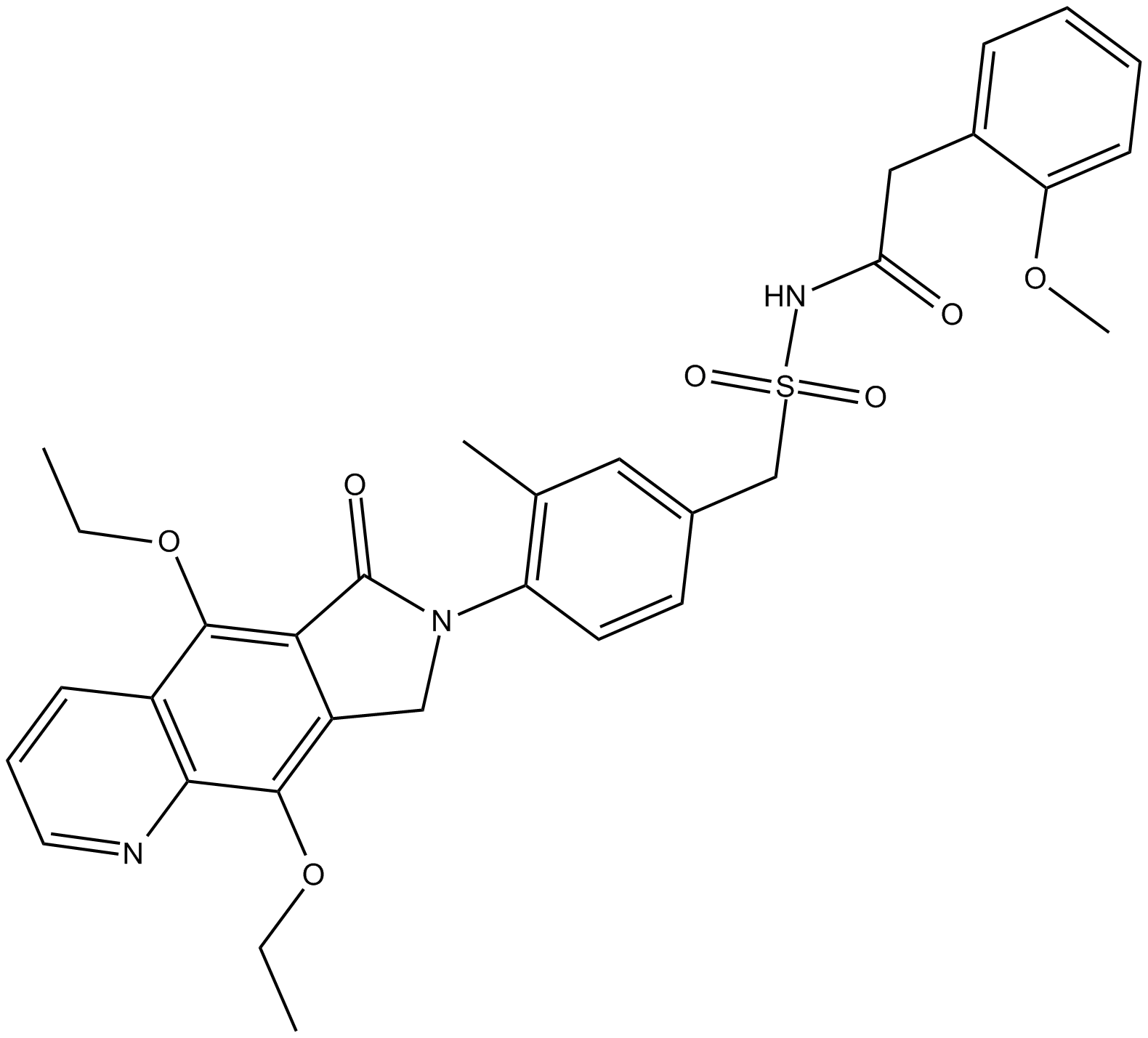 C3928 MF498Summary: EP4 receptor antagonist
C3928 MF498Summary: EP4 receptor antagonist -
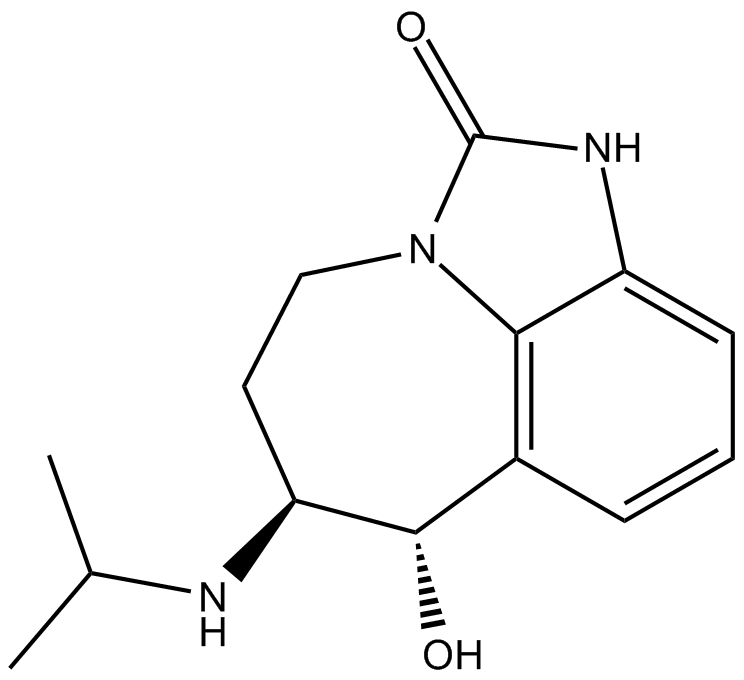 C3632 ZilpaterolSummary: β-adrenergic receptor agonist
C3632 ZilpaterolSummary: β-adrenergic receptor agonist -
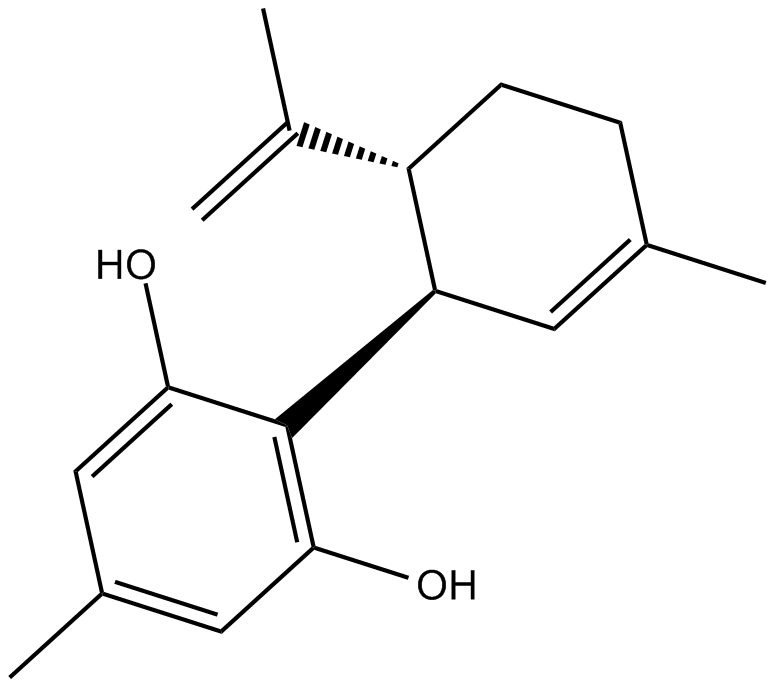 C3631 O-1821Summary: cannabidiol analog with close structural similarity to O-1918 which is a selective antagonist of abnormal cannabidiol
C3631 O-1821Summary: cannabidiol analog with close structural similarity to O-1918 which is a selective antagonist of abnormal cannabidiol -
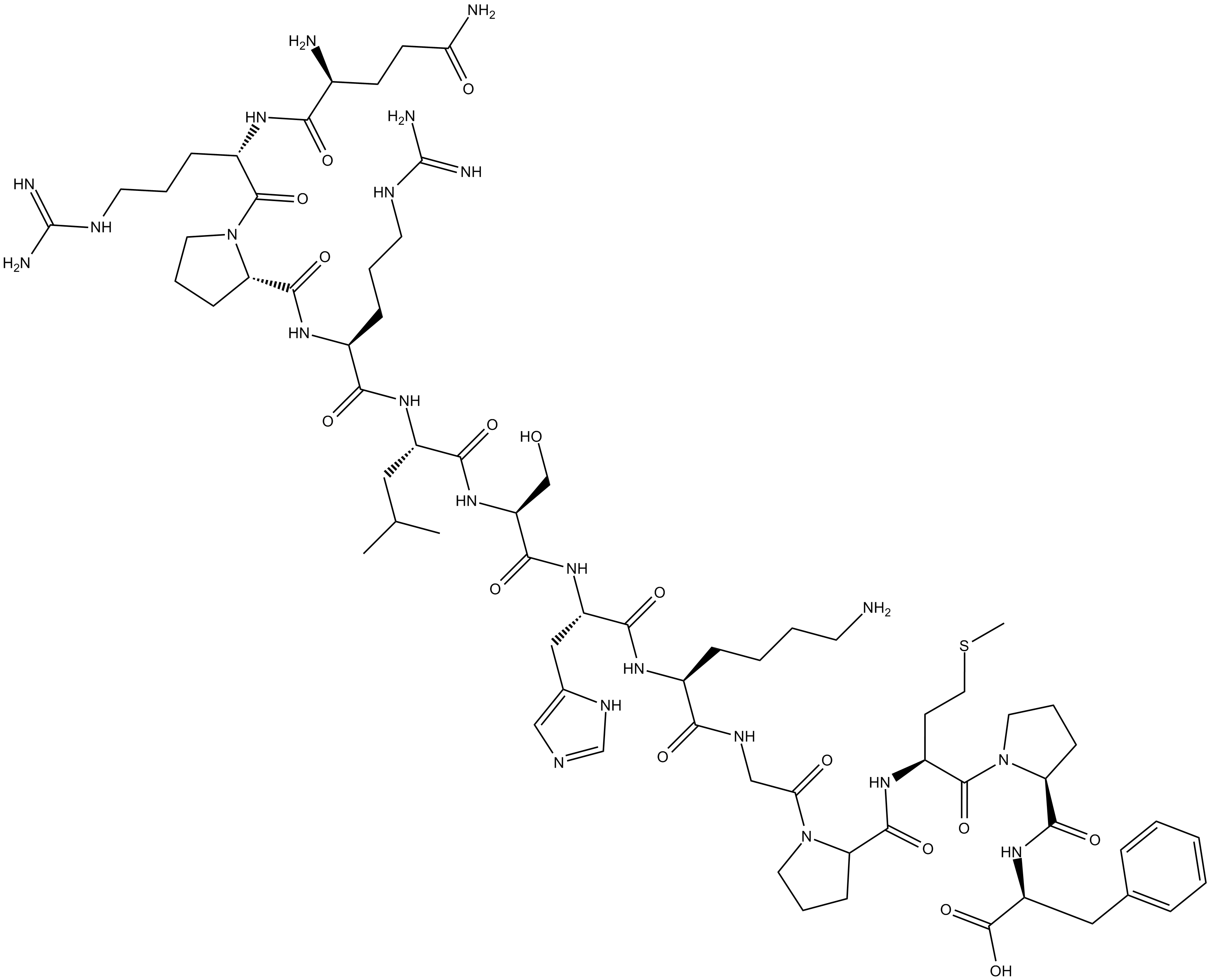 C3633 Apelin-13Summary: endogenous ligand of the APJ receptor
C3633 Apelin-13Summary: endogenous ligand of the APJ receptor -
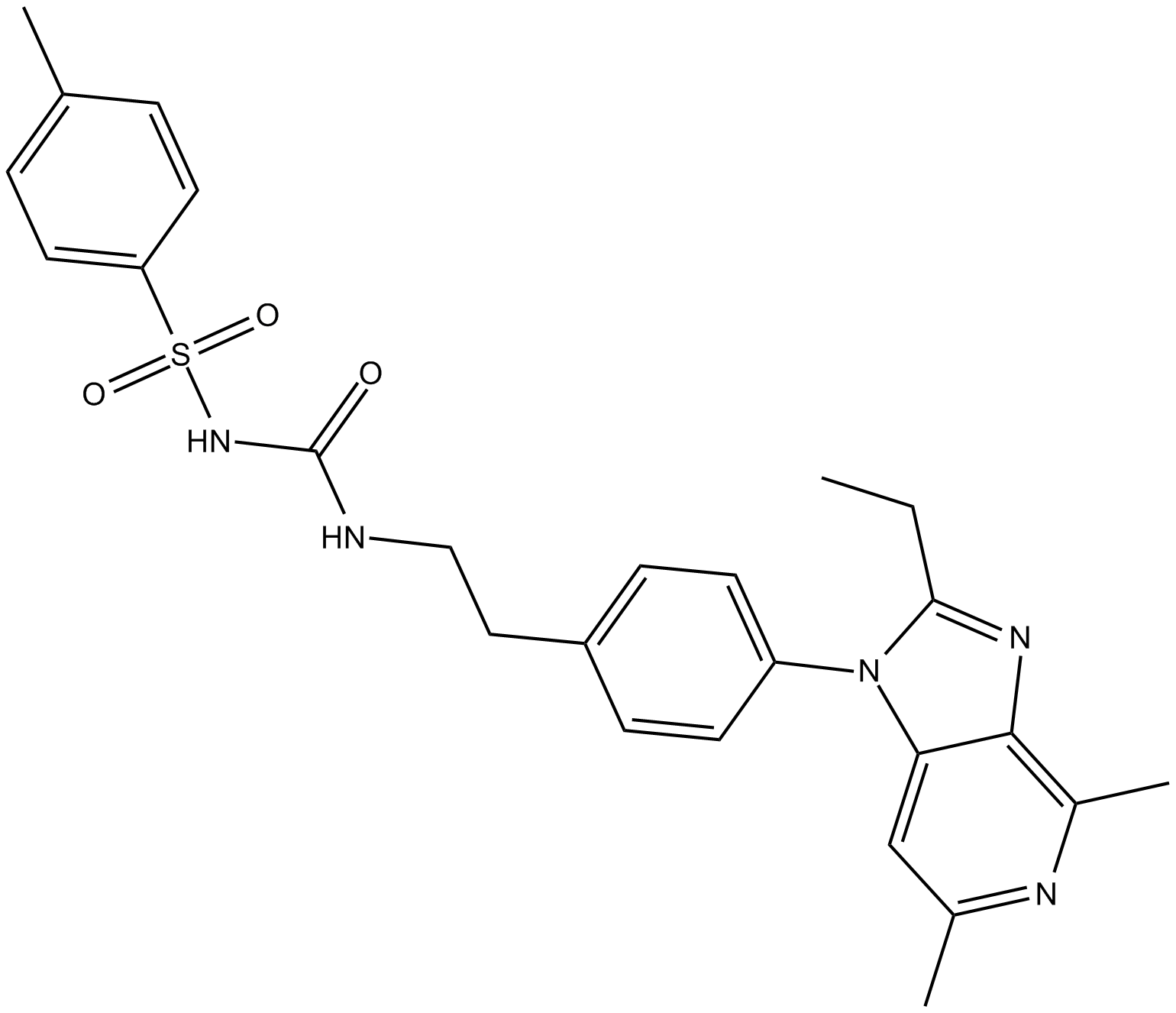 C3640 CJ-023423Summary: EP4 receptor antagonist
C3640 CJ-023423Summary: EP4 receptor antagonist

